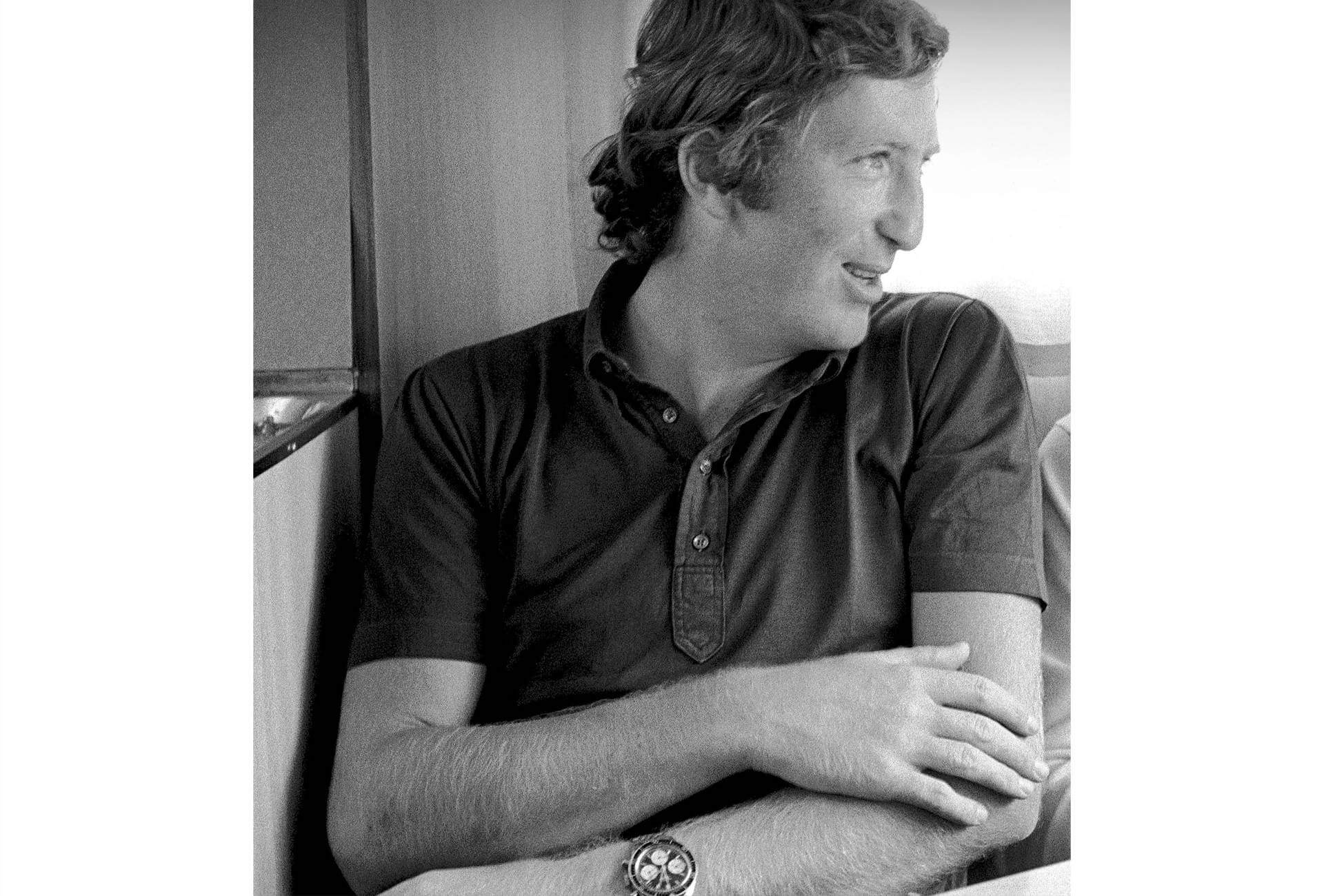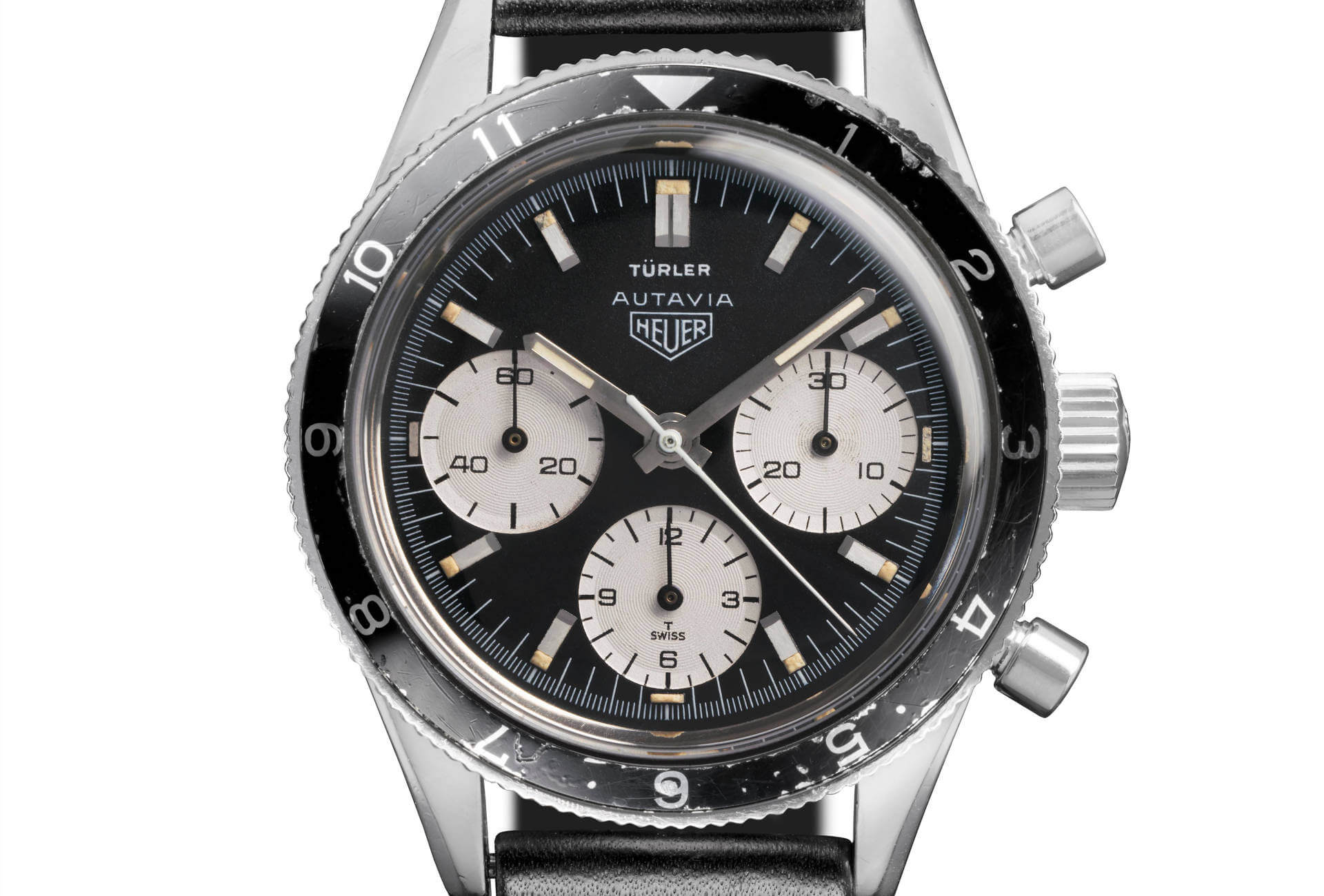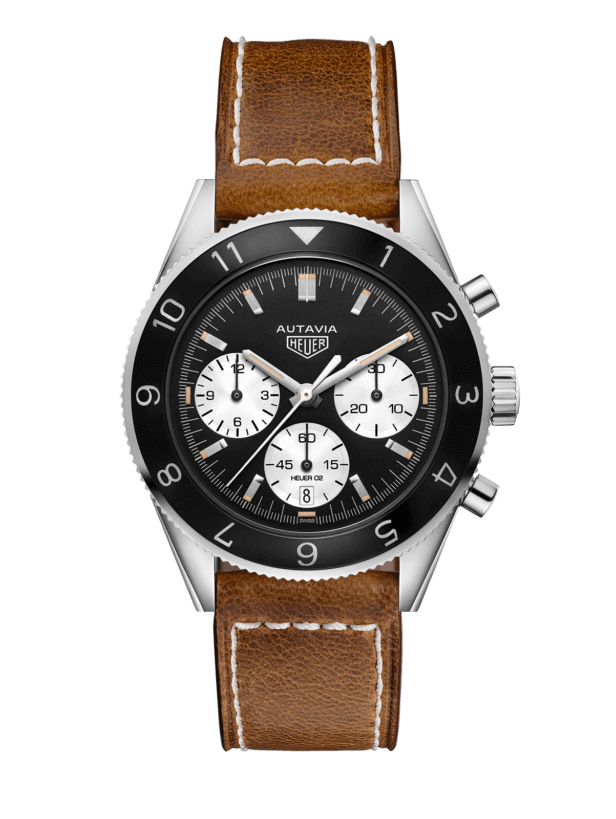Nostalgia can be a powerful thing, particularly in the luxury market where prices are frequently irrational. This perhaps explains the Swiss watch industry’s apparent shift, these past couple of years, towards smaller watches, the kind our grandfathers wore, that have an understated elegance and aura about them. It seems the oversize watch frenzy has done its time. Additionally, these watches carry a history that even the most avant-garde case material and the most sophisticated calibre cannot match when a consumer is deciding where to invest his or her cash. But what lies behind this paradigm shift? Why are companies adopting this strategy? We will examine these questions using as a case study the recently announced Autavia from TAG Heuer.
Each accordingly accentuates its strengths while seeking to play down or eradicate any weakness, with the ultimate aim of highlighting, or creating, a link with the past.
Luxury watchmakers must deal with the fact that in a sticky global financial situation, the consumer tends to be more cautious. This year, the entire Swiss horological industry is having to battle within a confined and generally tougher marketplace using the weapons at their disposal, i.e. a unique brand name and a specific position in the market. Each accordingly accentuates its strengths while seeking to play down or eradicate any weakness, with the ultimate aim of highlighting, or creating, a link with the past that will build heritage and therefore emotional appeal. But what exactly does heritage mean?
Make a better future
Karl Lagerfeld came closest when he explained the link to a modern brand’s history using the words of the German writer and poet Goethe: “Make a better future by developing elements from the past.” For Mary-Adair Macaire, chief executive of Pringle of Scotland, a brand’s history is about both products and concepts. “Heritage is all about the physical artifacts and intangible attributes which connect the brand to its past,” Ms. Macaire said. “I believe it can be broken down into codes that can then be used — even abused — to create a common thread, linking the past with the present and future.” This common thread which connects the past with the present and the future is extremely important for every Swiss watch company.

This question of brand heritage – and how past, present and future merge to create corporate brand image – has garnered growing interest in both marketing research and managerial practice. Swiss watchmakers have always used this tactic, as the product is by nature constantly evolving while having deep roots in the past. The mechanical watch, to put it bluntly, is a charming anachronism in a world full of micro-electronic marvels such as tablets and smartphones. But as we have already mentioned, it is a product founded on tradition, prestige, superior craftsmanship and emotion. Add to that the resurgence of the vintage watch, driven in part by the explosion in social media, and you can see why creating links with past models and stories has become an important strategy for all Swiss companies.
Of course, all animals are equal, but some animals are more equal than others. Some companies’ roots sink further into the past than others. Rolex watches always have a story behind them; the same goes for Omega with its iconic Speedmaster and Seamaster lines; Breitling has powerful associations with aviation and the iconic Navitimer; Tudor has the Black Bay; even Audemars Piguet has released a new yellow gold addition to the Royal Oak range, drawing on the much-maligned metal to introduce a retro vibe. “Yellow gold had kind of disappeared, but we think it’s the right time to bring it back,” says Audemars Piguet’s Tim Sayler. So where does TAG Heuer stand?

Accentuating the past
It would be hard to deny that TAG Heuer has lost the lustre it once had in the market, and more importantly in the consumer’s heart, although if anyone can turn the situation around, that person is Jean-Claude Biver, appointed CEO in December 2014. Following on from past successes with Blancpain, Omega and Hublot, Mr. Biver is currently reorganising the company by changing its present while accentuating its past. First he aims to win back the market segment the brand once dominated by developing additional collections in the US$ 1,000-5,000 bracket, and by cutting prices where necessary. TAG Heuer must become the number-one accessible Swiss luxury brand. Secondly, he has responded to Swatch Group/ETA restrictions by developing a form of vertical integration, as a result of which the brand has acquired a dial-maker, a case-maker and is working closely with Sellita to develop movements. Thirdly, borrowing a tactic that worked well for Omega, he is putting the brand in the news. Two examples are the launch of the Heuer-02T, which prompted many journalists to ask how a Swiss-made tourbillon could be sold at such a low price, and the introduction of the Tag Heuer connected watch.
Last but not least, Mr. Biver is emphasising the past to remind consumers how great the company used to be, and in doing so appeal to their emotions. He has restructured the heritage collection by limiting the Monaco to a single variation and by debuting the Monza, originally launched 40 years ago. The brand also engineered a high-profile media campaign for the reissue of the Autavia, including a micro-site where people could vote for their favourite Autavia from the past. The winning version will be presented at next year’s Baselworld.

Introduced in 1962, the Autavia Chronograph was named after a series of “AUTOmobile” and “AVIAtion” dashboard timekeepers launched 30 years prior. Made for racing enthusiasts, it was a strong competitor to the other racing chronographs of the day, most notably the Omega Speedmaster and the Cosmograph Daytona from Rolex. The first Autavia chronographs, introduced by Heuer, featured manual-wind movements (Valjoux 72 or Valjoux 92), screw-back cases and also had rotating bezels. This was a graceful, sleek, well-constructed chronograph with a sizable case. Throughout its production, the Autavia was also proposed with a snap-on caseback and a GMT complication. 1969 saw the introduction of automatic Autavias with a different case design. There are endless variations, and if you want to dig deeper, there is no better place to visit than Jeff Stein’s site (onthedash.com).
One of the big three
It’s important to remember that the Autavia, along with the Carrera and the Monaco, belongs to the big three Heuer chronographs. It was also a popular choice among Formula 1 drivers, overshadowing rival chronographs on the racing circuit during the 1960s and 1970s. This is down to none other than Jo Siffert, who even had a sideline as a Heuer dealer on the F1 paddock. Jack Heuer, in one of his interviews, stated how “Jo, as you may know from his background, was a very poor guy and he was a born ‘wheeler and dealer’. He would always have a collection of watches that he would place with all of his friends on the circuit, at somewhere between wholesale and retail prices. We didn’t mind of course because it was in public and so actually, on the Formula 1 circuit, if you looked around, they all wore a Heuer Chronograph….” The Autavia, thanks to its inherent qualities and also dare I say groundbreaking product placement thus became a legend, worn by such true greats as Jochen Rindt, Clay Regazzoni, Mario Andretti and Gilles Villeneuve. All of which provides Mr. Biver with the perfect base on which to build: Formula 1, epic races, bravado and great drivers on the one hand; heritage, emotion and nostalgia on the other.
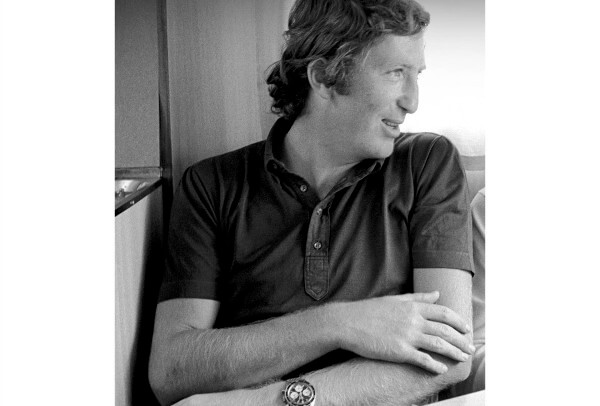
As mentioned, TAG Heuer built a micro-site for the Autavia where people could view the available models and vote for the one they liked best. The company selected 16 Autavias – 12 first-generation models and four “fantasy” designs – for the “Autavia Cup”, a single elimination playoff competition designed to pick four finalists. The competition started on March 17th, the first day of Baselworld 2016, and concluded with a winner: the 2446 MK3, introduced in 1966 and known as the “Rindt” Autavia after being worn by Austrian Formula 1 world champion Jochen Rindt. It features a narrow hours bezel, applied steel markers with small lume plots and matchstick hands. Originally, the Autavia used a Valjoux 72 movement. The re-edition, which will undoubtedly be a very graceful chronograph, will probably encompass two major changes. Firstly, there might be a slight increase in dimensions to be more compatible with current trends: the odds are on a 41-mm diameter. Small enough to be authentic, but large enough to keep with modern tastes. Secondly, although purists would love to see a manual movement, that is highly unlikely. TAG Heuer intends to use this product to gain an important share of the market segment, and will doubtless choose an automatic movement, the CH-80 calibre being a strong candidate.
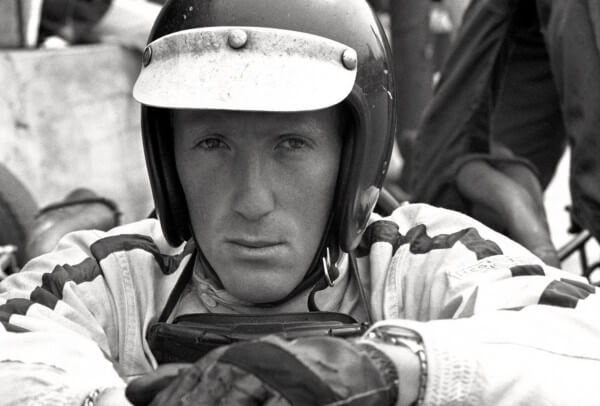
The “new” Autavia is an obvious choice for Mr. Biver. It is an iconic racing chronograph, a well-designed product, and a famous watch worn by famous people that the consumer can readily associate with F1 drivers. As a case study, it illustrates the “code” the firm is currently using to create that common thread between past, present and future. We are witnessing the reconstruction of a corporate ethos, since certain product lines didn’t necessarily have the luxury of coherency that Omega or Rolex enjoy. The Autavia adds a quality that fits Mr. Biver’s grand strategy in a great way. It creates heritage, thus strengthening the intangible attributes a Swiss watch company must possess in its portfolio; it appeals to new consumers who currently shop elsewhere, as well as to vintage/retro devotees. Most importantly, it provides the perfect example of how to change the consumer’s overall perception of a company by playing up its glorious past. Add plans for the future (the connected watch) and the present (vertical integration, among other things) to the equation, and it seems TAG Heuer is back in the game for good.










